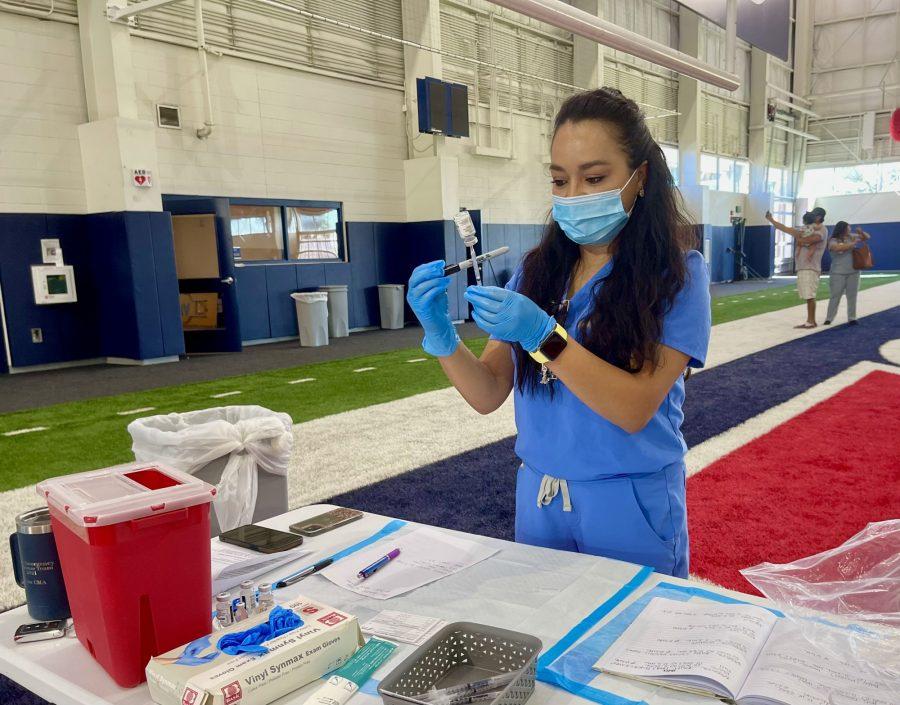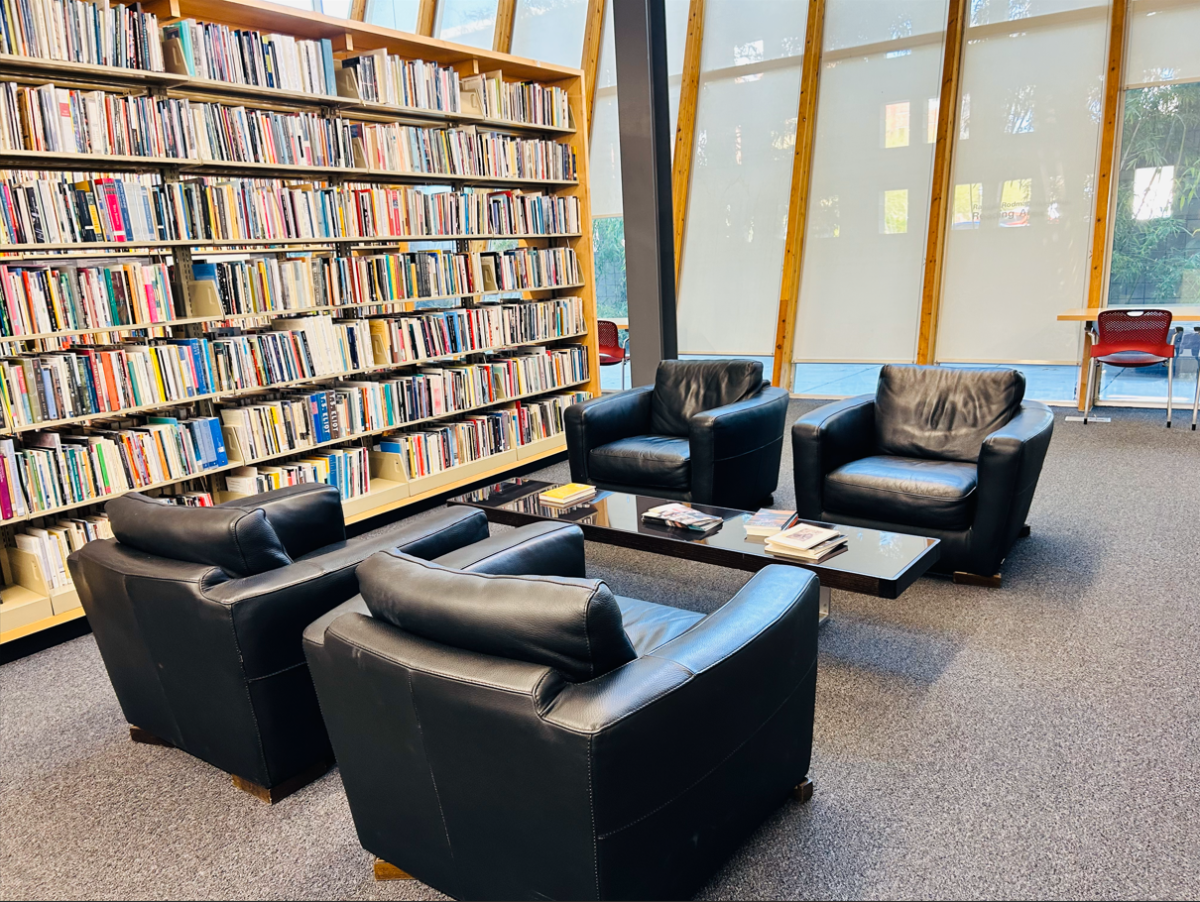It’s not often that Arizona State University can claim to beat us to the punch, but they’re already taking advantage of a service the UA doesn’t seem to know about: Gmail, Google’s impressive e-mail service.
In a Tuesday interview with the Arizona Daily Wildcat, UA Director of Computing Services Mike Torregrossa wondered aloud if Gmail is a “”fad or a trend.”” One would hope that the administrator in charge of “”computing services”” would already know the perks of Google’s e-mail service, but allow us: Gmail would benefit students, the university and the UA’s mission of maintaining its status as a world-class research university.
Switching to Gmail would not mean a mere transition to a different e-mail service; it would be a step toward achieving the university’s goal of graduating technologically integrated, information-savvy students.
To begin with, the Gmail platform offers an entirely different approach to e-mail, bundling e-mails with a shared subject line together as “”conversations”” (as opposed to simply listing e-mails in chronological order as they arrive in your inbox). That convenience alone, compounded by Gmail’s cavernous storage space (2 gigabytes and counting), dwarfs the efficacy of the clunky, counterintuitive WebMail service the UA currently employs.
Perhaps more importantly, Gmail is only one component of the larger Google web service offering.
In an effort to compete with market leader Microsoft, Google has introduced web-based versions of Microsoft Word, Excel and (most recently) PowerPoint. Here’s how it works: Through a Gmail account, a student can compose documents, spreadsheets and slide presentations and then “”share”” them with other Gmail users so that multiple users can simultaneously make comments and changes to the documents, even if they’re thousands of miles apart.
To be sure, there’s no shortage of students who could use such services (the group project-oriented Eller College of Management comes to mind). So why is the UA stuck on WebMail, a program that has won little fondness from students? According to Torregrossa, UA officials aren’t sure whether Gmail “”use(s) the data in the e-mail message for advertisements.””
The answer? Of course. Most search engines now are collecting information to tailor advertisements to users, a tool that was pioneered by none other than Google. So students are going to see advertisements anyway; it might as well be advertising that is tailored to their tastes. Besides, Google’s privacy policy doesn’t allow the company to share personal information with advertisers, only “”aggregate information”” like the number of times an ad was accessed.
Torregrossa explains that he hasn’t “”received any requests”” for Gmail, but that’s an excuse – most students aren’t aware that schools can switch to Gmail.
So consider this request a friendly shot across the bow. The university would benefit enormously from the services Google offers, and if the UA wants to maximize the working potential of its students, it would do well to hop on the Google bandwagon before ASU manages to beat us to something else.
Opinions Board
Editorials are determined by the Wildcat opinions board and written by one of its members. They are Justyn Dillingham, Allison Hornick, Damion LeeNatali, Stan Molever, Nicole Santa Cruz and Matt Stone.








